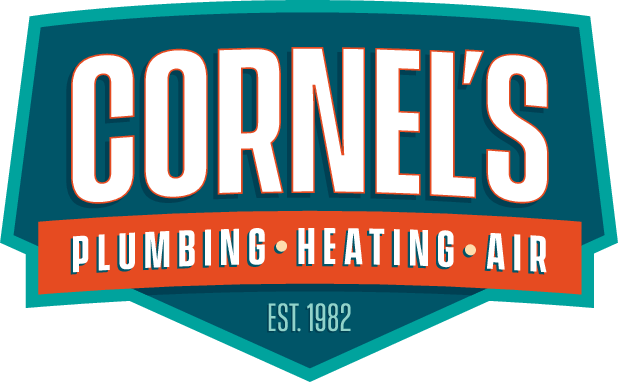Have you noticed your toilet overflowing out of the blue and can’t figure out why? Few problems cause more panic than an overflowing toilet, especially if there is no apparent reason and water is spilling steadily onto the floor with no end in sight.
Well, if this has happened to you, and you’re wondering why your toilet is overflowing for no reason, don’t worry–it’s not usually an indication of a significant issue with your plumbing. This article will explain why you might be having this problem and how to prevent it in the future.
What Happens When a Toilet Overflows?
To start, let’s talk about what exactly is happening when there is water spilling out of your toilet bowl onto the floor. This occurs because toilet tanks have an overflow pipe that goes from the top of the tank into the front of the bowl.
Water flows from this pipe into the toilet bowl and tank, filling up both when you flush. When the tank and bowl reach maximum capacity, the water should stop. If the water keeps flowing, it indicates that some part of the process is malfunctioning.
Why is My Toilet Overflowing?
There are several reasons why you might have a toilet overflowing for no reason:
Faulty Flush Valve
A flush valve fills the tank with water, closing off when it reaches its maximum capacity. However, sometimes these valves become worn or corroded and stop sealing correctly. When this happens, your toilet will be unable to stop filling up, even if you aren’t sending any more water down.
Listen closely to your toilet when you haven’t used it for a while–can you hear what sounds like a constant flow of water? This might be a sign that you need to replace the flush valve.
Broken Float Ball
Toilets are designed to stop the water from filling up when it reaches a certain level. The float ball determines how much water is in the tank and at what point to shut off the flow of water into the bowl.
When you flush, not only does this trigger an opening in the tank, but it also triggers a valve that allows water to go down through a pipe and into your toilet bowl. The float ball’s job is to tell when there isn’t enough room for more water in your toilet tank. You’ll want to check that the float ball isn’t hitting the side of the tank or filled with water.
Clog
If you have a toilet overflowing for no reason, you could have a clog, even if it’s not easily detectable. A clog blocks the flow of wastewater from your bathroom into your home’s sewer system. Clogs are most often caused by improper maintenance or misuse of toilet paper or other objects that shouldn’t be flushed down a toilet.
If you cannot unblock the pipes using a plunger, make sure to contact your plumber for professional assistance, as you don’t want to cause more damage.
How Can I Prevent Overflowing Toilet Problems?
There are several steps you can take to prevent future overflows.
- Regularly check your toilet for any problems that may occur.
- If the flush valve is corroded or worn, you can replace this yourself with a new one.
- Check for issues with the float ball and make sure this is screwed in tightly.
- If you do happen to find that your overflow pipe has become corroded or worn, replace it with a new one.
- Immediately fix clogs when possible.
- Contact your plumber if your toilet is making constant noises and you can’t figure out why.
Contact your plumber when you’re not sure you can fix the issue. Cornel’s Plumbing Heating & Air Conditioning has the expertise and tools to restore your toilet to working condition!


